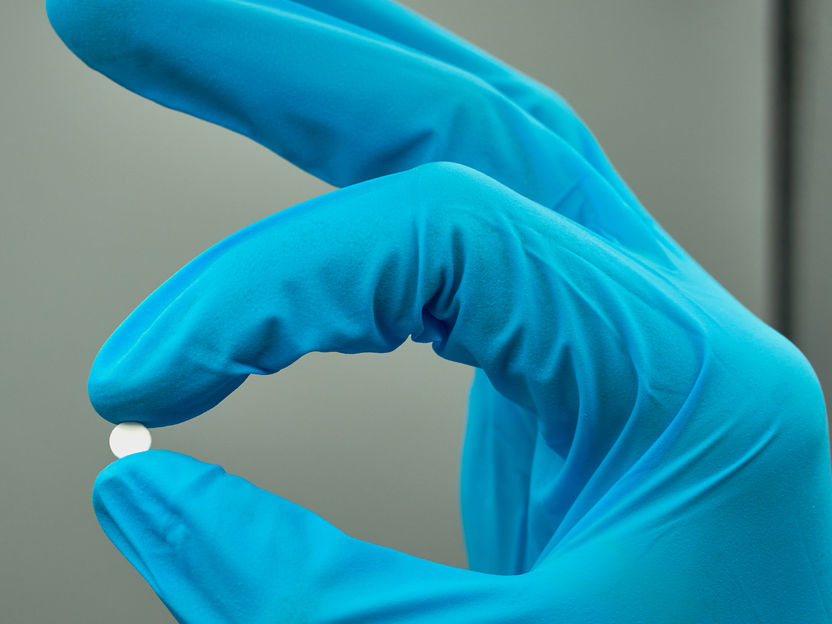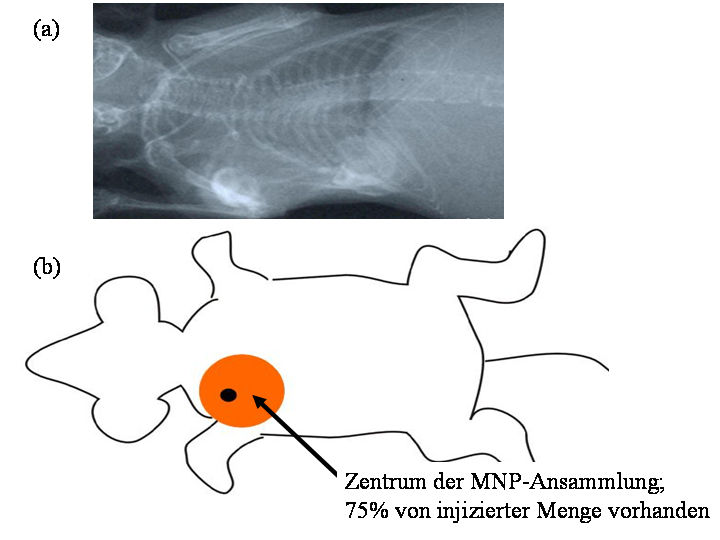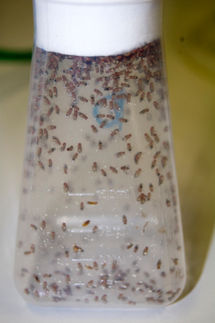Why do we age?
Mathematical modelers are on the trail of the theory behind the evolution of aging
The evolution of aging is a particularly exciting field in theoretical evolutionary research. Scientists are trying to figure out why and when the phenomenon of aging developed over the course of evolution. Mathematical models can help to develop theories for a better understanding of aging. At the Max Planck Institute for evolutionary biology in Plön, intensive research has also been carried out in this area in recent years in the Department of Evolutionary Theory.

Symbolic image
pixabay.com
Years go by for everyone: humans, animals and plants. And yet the passage of time does not quite occur in the same way in all living beings. Some age very early, others hardly seem to be affected by a long lifetime. The naked mole rat, for example, is known to show almost no signs of aging when it is fully grown. Their death is usually the result of violence by their conspecifics.
Mathematical modelers are on the trail of the theory behind the evolution of aging
Not long ago, it was widely believed that all organisms would eventually age. The biologist William D. Hamilton put this inevitability of aging into a mathematical formula more than 50 years ago. According to his model calculations, aging develops because selection for certain characteristics decreases over the course of the reproductive period. Aging would then be the consequence of decreasing selective power with increasing age.
However, recent research by the demographer Annette Baudisch has shown that this apparent inevitability depends on certain basic assumptions, which by no means always have to be given. If parameters are slightly changed in the mathematical model, it becomes apparent that the reproductive rate and selection power no longer decline continuously. So is aging not as inevitable as it seemed?
Evolutionary theorists Stefano Giaimo and Arne Traulsen from the Max Planck Institute for Evolutionary Biology have addressed this question. For this purpose, they developed a dynamic mathematical model that is no longer based on the assumption of certain presuppositions. They had their model reproduce the evolutionary process of living beings over and over again. Their theoretical analysis found that even under these dynamic conditions, the evolution of aging always develops in a stable manner. They also found that as a consequence of aging, the selective power decreases with reproductive age.
Thus, on the one hand, they were able to confirm the classical mathematical theory of aging established by Hamilton: Selection power decreases with age. On the other hand, however, they showed that its logic must be reversed: The selective power weakens with age because aging evolves, and not, as advocated by Hamilton, vice versa.
Original publication
Other news from the department science

Get the life science industry in your inbox
By submitting this form you agree that LUMITOS AG will send you the newsletter(s) selected above by email. Your data will not be passed on to third parties. Your data will be stored and processed in accordance with our data protection regulations. LUMITOS may contact you by email for the purpose of advertising or market and opinion surveys. You can revoke your consent at any time without giving reasons to LUMITOS AG, Ernst-Augustin-Str. 2, 12489 Berlin, Germany or by e-mail at revoke@lumitos.com with effect for the future. In addition, each email contains a link to unsubscribe from the corresponding newsletter.
Most read news
More news from our other portals
Last viewed contents
Hodgkin's_lymphoma

Reducing side effects during the treatment of brain tumours - Interdisciplinary research team at Kiel University develops a microchannel matrix for tailored drug release
Proteomic_chemistry
Critical_care_nursing
Marbofloxacin
Nutley,_New_Jersey

How many nanoparticles heat the tumour? - PTB physicists want to improve tumour therapy by heat treatment in cooperation with biomedical physicians from Jena
ThromboGenics Completes Patient Enrolment of Phase III Trial of Microplasmin for the Non-Surgical Treatment of Eye Disease - MIVI-TRUST Phase III Program With Microplasmin Recruits a Total of Over 640 patients Ahead of Schedule






















































